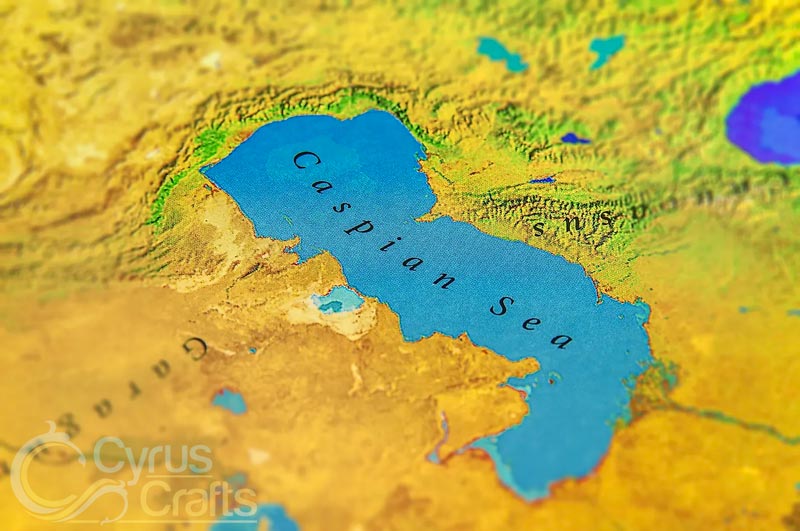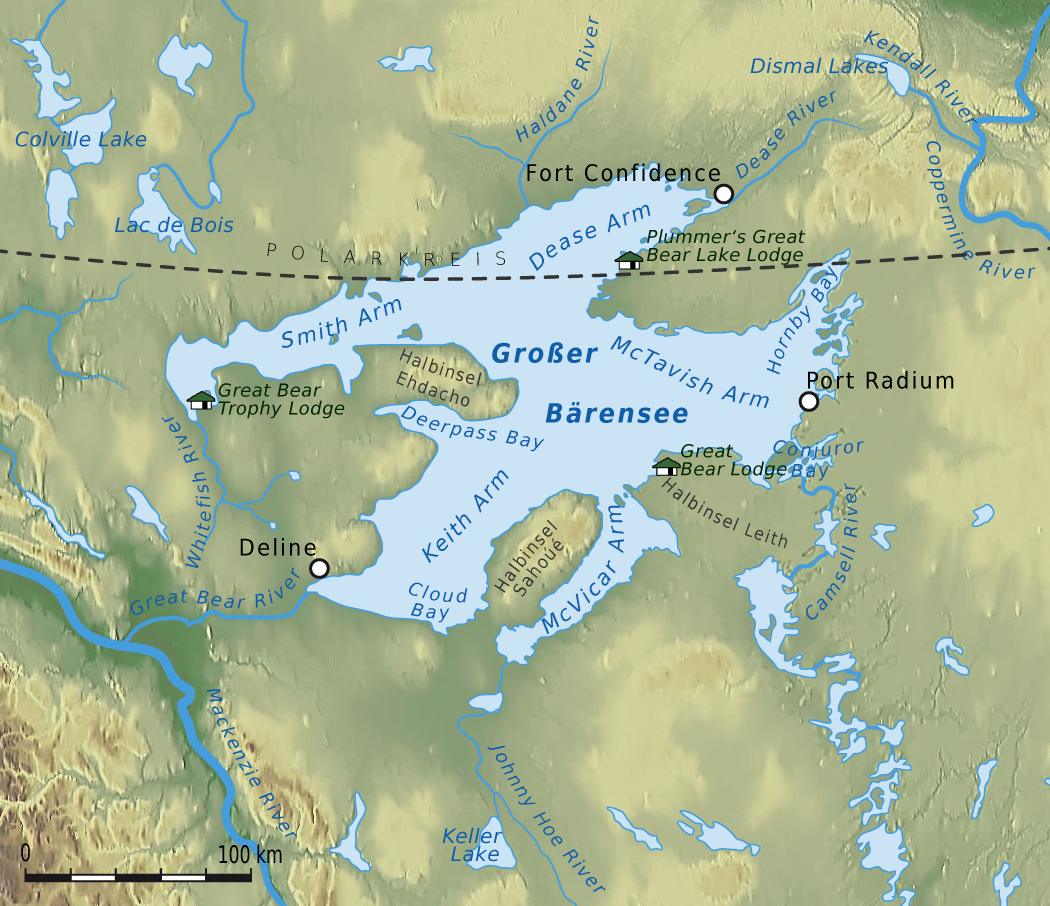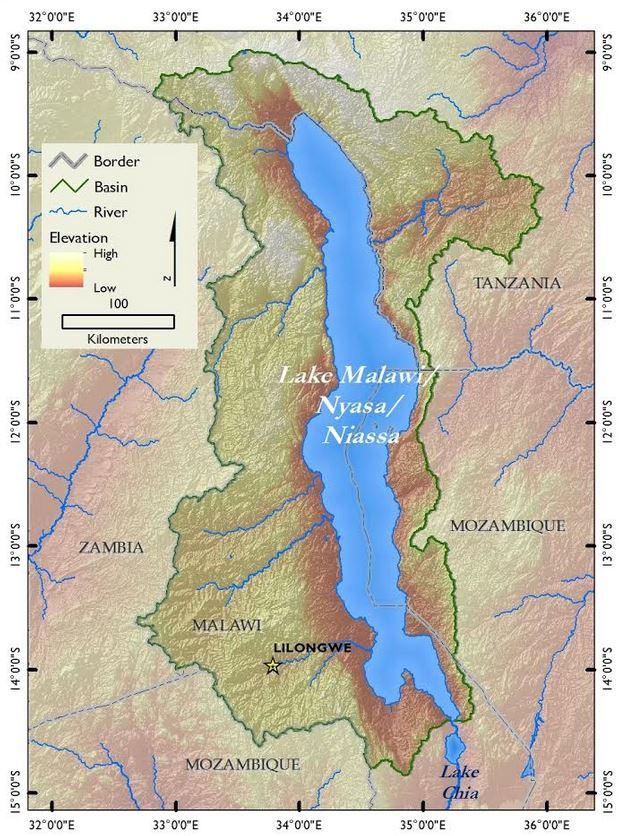Top 10 Largest Lakes In The World 2025
By ICON TEAM | Published on Jun 11, 2025
List Of Top 10 Largest Lakes In The World 2025:
One of the most important freshwater resources on Earth, lakes sustain ecosystems, human habitation, and economic activity. According to surface area, the world's greatest lakes in 2025 are still a collection of historic waterways, some of which are millions of years old, as well as vital repositories of biodiversity and scenic beauty. This article examines the top ten largest lakes in the world, emphasizing their ecological functions, geographical significance, and distinctive features.
1. Caspian Sea (371,000 km²):

With a surface area of around 371,000 square kilometers, the Caspian Sea, which borders both Europe and Asia, is the biggest lake in the world. Despite its name, this landlocked region—which is bounded by Russia, Kazakhstan, Turkmenistan, Iran, and Azerbaijan—is actually a lake. The Caspian, an endorheic basin with no natural outlet to the ocean, is mostly fed by the Volga River. It is home to a variety of ecosystems, including the critically endangered Caspian seal, and its waters are mildly salty. Although environmental issues like pollution and overfishing jeopardize the lake's delicate balance, it is also a center for oil and gas development. The Caspian is still a major ecological and geopolitical issue in 2025, and resource management is impacted by continuous discussions about whether it should be considered a lake or a sea.
2. Lake Superior (82,100 km²):

Covering 82,100 square kilometers in both the United States and Canada, Lake Superior is the largest of the Great Lakes in North America. By surface area, it is the largest freshwater lake in the world and is shared by Ontario, Minnesota, Wisconsin, and Michigan. Its massive volume of 12,100 cubic kilometers contains almost 10% of the freshwater that is available on Earth. Fishing, shipping, and tourism are all supported by Lake Superior, which is well-known for its pristine waters and rocky coastline. Although invasive species like zebra mussels present difficulties, species like lake trout and whitefish are part of its ecosystem. In 2025, conservation initiatives will concentrate on addressing the effects of climate change, such as rising waters and changed precipitation patterns, which have an impact on the ecological well-being of the lake.
3. Lake Victoria (68,800 km²):

Tanzania, Uganda, and Kenya share Lake Victoria, Africa's largest lake, which spans 68,800 square kilometers. It is the second-largest freshwater lake in the world by surface area and is named after Queen Victoria. For millions of people, the lake is an essential resource that supports electricity, agriculture, and fishing. Because it rises from Lake Victoria, the Nile River is vital to countries downstream, including Egypt. Its habitat has been disturbed by pollution, overfishing, and the invasive Nile perch, which has led to a decline in local fish populations. With international assistance, regional initiatives to control water quality and restore Lake Victoria's biodiversity are still underway in 2025 with the goal of striking a balance between environmental sustainability and human needs.
4. Lake Huron (59,600 km²):

Another Great Lake in North America, Lake Huron is 59,600 square kilometers in size and shares a border with Ontario and Michigan. It is an important part of the Great Lakes system, connected to Lake Superior by the St. Marys River and to Lake Michigan by the Straits of Mackinac. Manitoulin Island, the biggest freshwater island in the world, is part of its extensive coastline. Commercial fishing, shipping, and tourism are all supported by Lake Huron, whose crystal-clear waters draw tourists to locations like Georgian Bay. Even if issues like invasive species and nutrient pollution still exist in 2025, cooperative U.S.-Canadian efforts are working to safeguard its ecosystems and water quality.
5. Lake Michigan (58,000 km²):

The third largest of the Great Lakes, Lake Michigan is 58,000 square kilometers in size and is completely contained inside the United States. It is a center for major cities like Chicago and Milwaukee and is bounded by Michigan, Wisconsin, Illinois, and Indiana. Millions of people rely on its waters for drinking water, shipping, and pleasure. Particularly near Michigan's coastline, the lake's sandy beaches and dunes are popular tourist destinations. In 2025, industrial pollutants, urban runoff, and climate-driven water level oscillations will all put environmental strain on Lake Michigan. Its ecological integrity depends on restoration initiatives including invasive species management and wetland protection.
6. Lake Tanganyika (32,900 km²):
Lake Tanganyika is the longest freshwater lake in the world, spanning 32,900 square kilometers in East Africa. It is also one of the deepest, with a depth of 1,470 meters. More than 300 fish species, many of which are indigenous, can be found in this biodiversity hotspot that is shared by Burundi, Tanzania, Zambia, and the Democratic Republic of the Congo. Local people and fisheries depend on the lake, but overfishing and political unrest pose a threat to its resources. The preservation of its distinctive cichlid fish populations, which are essential for ecological and scientific research, and sustainable fishing methods are the main objectives of conservation initiatives in 2025.
7. Lake Baikal (31,722 km²):

With an area of 31,722 square kilometers and a depth of 1,642 meters, Lake Baikal in Russia is the deepest lake in the world. It is the largest by volume and is found in Siberia. It contains almost 20% of the planet's unfrozen freshwater. With over 1,700 species, including the rare Baikal seal, Baikal is known for its biodiversity and is a UNESCO World Heritage Site. It is a natural wonder because of its pristine waters and 25 million-year-old roots. In 2025, demands from tourist and industrial pollution threaten its pristine state, leading to international and Russian attempts to protect this ecological gem.
8. Great Bear Lake (31,153 km²):

The fourth-largest lake in North America, Great Bear Lake is situated in Canada's Northwest Territories and covers 31,153 square kilometers. One of the most pristine lakes in the world, it is located in the Arctic Circle and has little human influence because of its distant location. With species including lake trout and Arctic grayling, the lake is home to indigenous populations and offers limited fishing opportunities. Although its frigid waters are frozen for a large portion of the year, local ecosystems are being impacted by climate change as the ice-free season lengthens. The goal of Great Bear Lake monitoring and protection in 2025 is to keep the lake unspoiled in the face of warming temperatures.
9. Lake Malawi (29,600 km²):

East Africa's Lake Malawi, also called Lake Nyasa, is shared by Tanzania, Mozambique, and Malawi and spans 29,600 square kilometers. With more than 1,000 fish species, many of which are endemic, especially cichlids, it is a hotspot for biodiversity, much like Lake Tanganyika. Because it promotes tourism and fishing, the lake is essential to local economy. However, its ecosystems are under danger due to overfishing and sedimentation brought on by deforestation. By 2025, regional conservation efforts hope to preserve this gem of the African Rift Valley by encouraging sustainable fishing and tourism practices that strike a balance between ecological protection and economic reliance.
10. Great Slave Lake (27,200 km²):
The fifth-largest lake in North America, Great Slave Lake is situated in Canada's Northwest Territories and covers 27,200 square kilometers. It serves commercial fishing and transportation and is a vital resource for indigenous people. It is named after the Slavey First Nations. It is among the deepest lakes in North America, reaching a depth of 614 meters. In 2025, mining operations in the area create concerns about water quality, and the effects of climate change, such as changing ice cover and rising waterways, threaten its ecosystems. Preserving its clean waters and promoting sustainable development are the main goals of conservation initiatives.
Comments 0